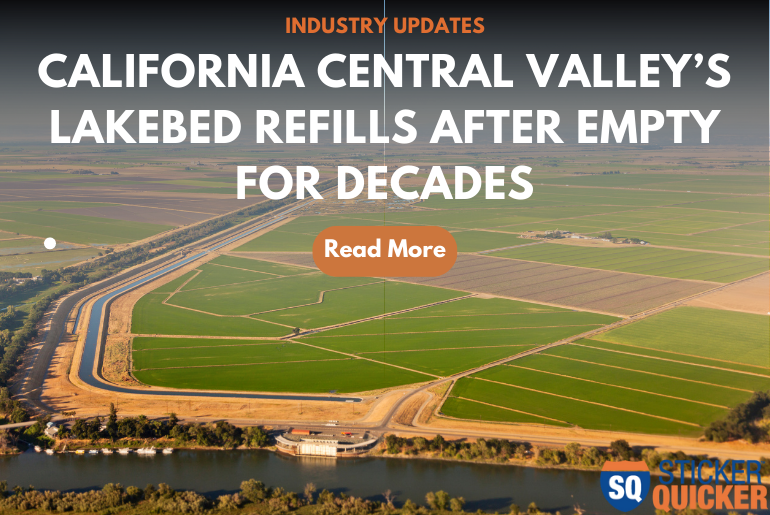Today, we are going to be talking about California’s Central Valley’s lakebed refilling. Becoming refilled after decades of being empty, this matter is affecting many. Keep reading and learn everything you need about Central Valley’s lakebed refilling.
- The California Central Valley, known for its extensive food production, is now experiencing significant flooding due to months of atmospheric river storms. The area, nestled between San Francisco and Los Angeles, has seen its soil become saturated, leading to the refilling of what was once a vast lake.
- The flooding has caused tensions between neighboring property owners over the management of the water flows, which have damaged hundreds of structures. With more rain forecasted, the situation is expected to escalate.
- Experts are predicting a slow-burning crisis in the coming months due to a historic snowpack in the mountains above the basin. This flooding, following years of extreme drought, exemplifies California’s weather extremes, which can be intensified by climate change.
- The re-emerging lakebed, drained for farming a century ago, could disrupt growers in a region that supplies a significant proportion of the nation’s almonds, pistachios, milk, and fruit. Decisions about water distribution could impact the availability of these products across the country.
- Farmers and emergency workers have been working to mitigate the damage, but once the water reaches the historic lake bed, the options for removing it are limited and expensive. The flooding could also have disastrous consequences for farmworkers and rural communities in the Tulare Basin.
To learn more about the California Central Valley’s Lakebed Refills, read more.






